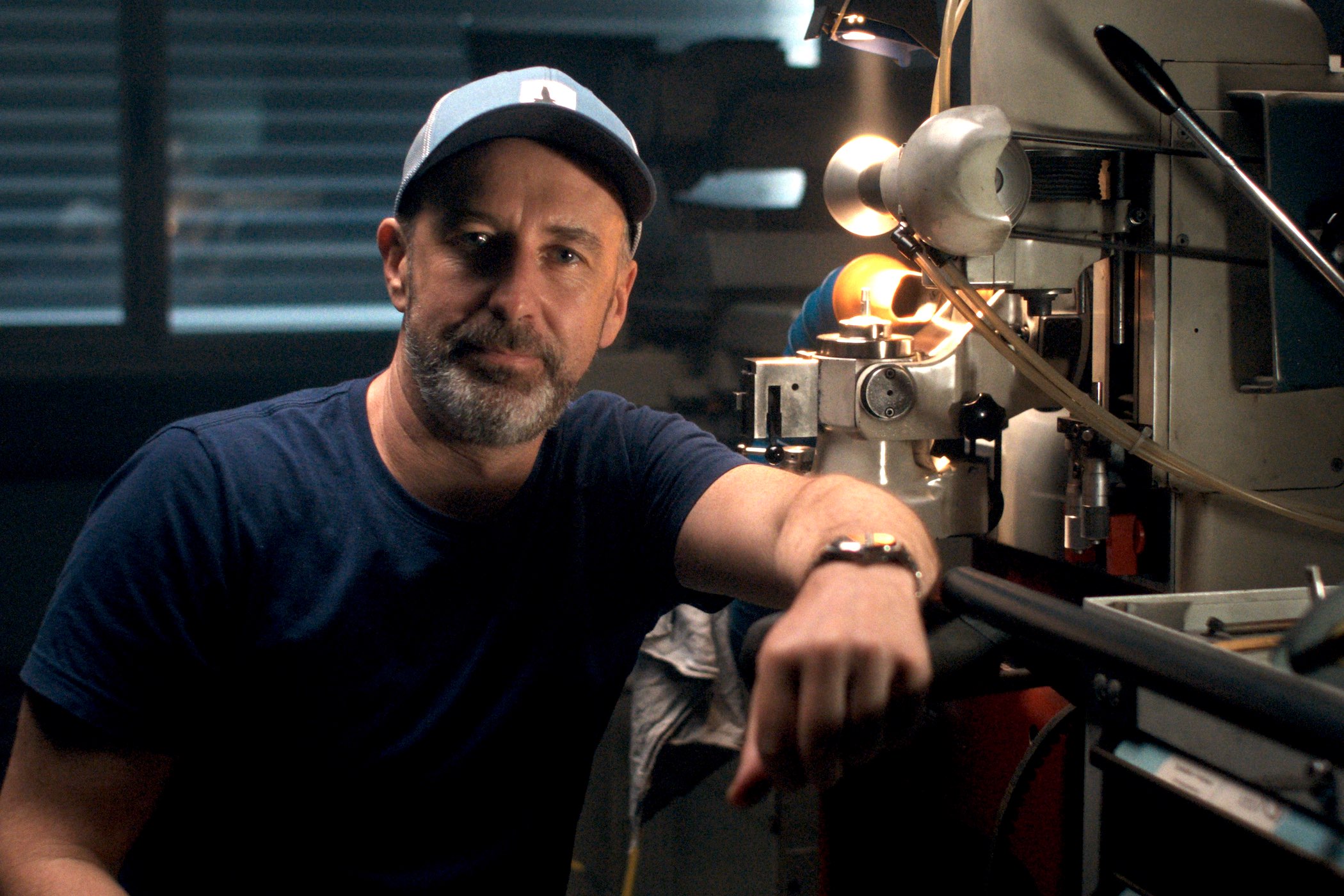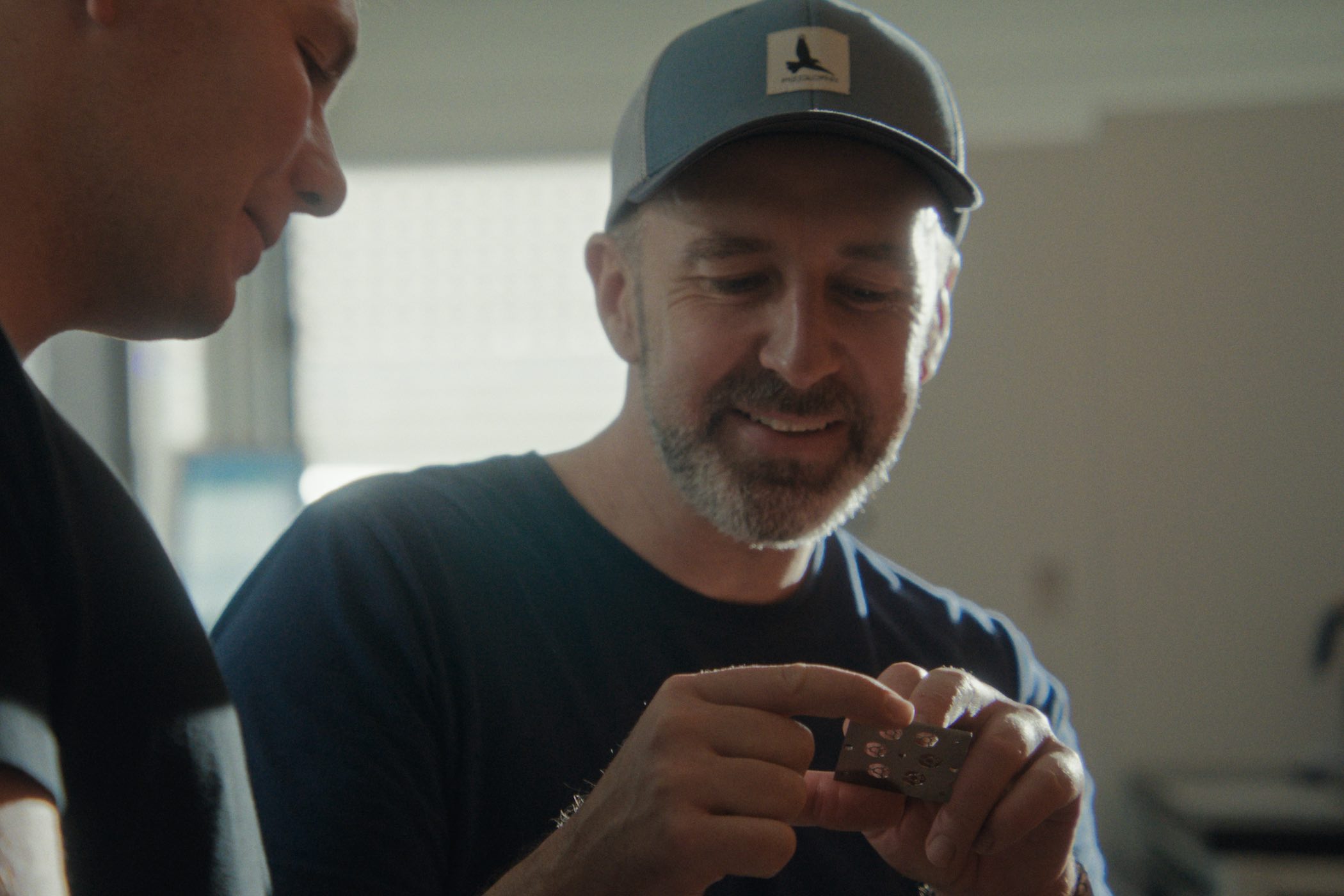Andi Felsl of Horage On Creating a One-of-a-Kind Watchmaker
Chasing Microns with a watch brand like no other.
Horage is a truly unique company within the Swiss watch industry. And this is something you immediately feel when visiting the independent watchmaking brand’s facilities in Biel. If the setting is obviously that of a watchmaking company, it also feels like a start-up when you walk across the corridors, workbenches or machines… The reason why brands stand out from their competition is often related to the people behind the brand. The release of the brand’s latest video Chasing Microns, which you can see on top of this article, gave us the perfect opportunity to chat with their co-founder and CEO, Andi Felsl.
Xavier Markl, MONOCHROME – What is your background and how did Tzuyu and yourself end up creating Horage?
Andi Felsl – Our passion is all about making useful, beautiful and challenging products and creating companies to bring these products into the market. In 1998, Tzuyu started her entrepreneurial career in the Biel watch industry, connecting Swiss brands with Asian watch dial suppliers. Over time, she expanded her services to watch design, engineering, and production, serving as a bridge between Swiss watch companies and Asian component manufacturers.
During my university time in Munich, I was an active semi-professional snowboarder. I was inspired to innovate and invented suspension-travel adjustments for mountain bikes. And I ventured into community engine software helping create one of the first snowboard communities. I was introduced to Tzuyu, who was running her watch components supply business in Biel and she also ventured accidentally into snowboarding. We started to travel together to Asia and became a couple. I learned about watches and she about snowboards and mountain bikes.
After five years, we realized that the internet, increased communication speed, transparency, and changing sales capabilities of Asian factories would make a service provider business as Tzuyu was running it obsolete. So we decided to start a watch brand in 2005 more or less as a hobby. Profits from OEM business were reinvested into HORAGE and we launched in 2008 during Baselworld. We were in the midst of a financial crisis and had no idea how to build a Swiss watch company, but we were determined to bring our products to the market although we froze the brand-building activity between 2010 and 2015.
Visiting Horage in Biel you immediately feel the brand stands apart in many respects. How much is the brand’s capacity to think out of the box linked to the fact that the people behind the brand have quite unusual profiles for the industry?
We can make watches and run challenging development projects, but none of us was kind of at the market side of the Swiss watch industry. Myself a complete outsider and Tzuyu as well as her design partner being only in the “machine room” of the Swiss watch industry doing the work for brands to create their products and handle their supply chains. Effectively we did not really understand how this watch industry worked on the consumer side. Sure we did not want to copy or lean on other brands’ designs or brand legacy as so many did and still do. I think this mentality of doing things ourselves and in a different way as well as having this heavy influence from all kinds of different industries makes this special feel when you come to our place. It does not feel like a typical watch company. Sometimes I think it feels more like a tech company which happens to make something very traditional.
What makes Horage stand apart?
Openness is a key factor in our company’s success. We prioritize innovation and involve people in the process, allowing them to see our operations firsthand. Our heavy focus on engineering, product design and manufacturing sets us apart from the competition. We view watchmaking as a comprehensive process and not just a decoration, marketing or financial trading exercise. To demonstrate the performance level of our products it is crucial that we show what we do. Inevitably with such a degree of openness, we also need to explain our limitations and why we have them. This engineering addiction combined with a disarming mentality of openness is setting us apart. In fact, it sounds like a paradox, because engineering and product design is where core IP is created and thus often mystified to hide know-how from the competition. But we believe sharing what we do will increase our know-how level and allow us to stay ahead.
How was the development of an in-house movement essential?
I think if we had not done these movements K1, K2, and K-Tou we would not have any right to exist as a brand. We also would not have a true chance as outsiders to succeed in this industry. We couldn’t play the marketing or financial game, neither could we play the card of the lonely watchmaker decorating watches somewhere in the snow-clad Jura.
We knew that this was going to be hard. But having gone through these challenges gave us deep insight into each and every process of movement-making. And this insight is the basis of the story we can tell today. But it’s not only about the story… gaining such deep technical knowledge throughout the past 15 years also assures us that we can grow and continue to sleep well at night. Because we exactly know what’s inside of our watches and what needs to be done in case things go sideways during production.
Can you tell us about the attention you have dedicated to silicon and why this is important?
I have always been into patents and IP. Reading them helps me to get a feel for the view of others in the near future. When we started the movement project of course we instantly recognized the strategic relevance of the escapement and balance unit. Except for the SwatchGroup nobody at this time really mastered these core components in industrial quality and quantity. And the fact that some companies were pooling know-how around silicon clearly showed its importance… there was a lot of signalling going on.
Since silicon significantly increases both the performance and precision of a traditional mechanical watch, we had to acquire this know-how ultimately. Just to be able to compete once patents turn out to be invalid or expire. I think without silicon we would have given up on this movement project. Silicon was some sort of motivational driver for us. Because we were able to experience a significant increase in performance firsthand.
What are the next challenges for Horage?
Growth… We need to grow into a large enough critical size to be able to maintain the speed and intensity in which we are currently innovating. People expect hardcore innovation from HORAGE in all layers of our company. And as we all know successfully innovating is not only very difficult but can even be life-threatening when failing on a large innovation bet.
Growing a stable and structured organization, at the same time fostering a high degree of mental agility amongst our staff and maintaining an innovation-friendly environment which feels like a startup… This will be the challenge to come.
For more information, please visit www.horage.com.












1 response
Great to see the Horage team featured! A great and innovative company! Looking forward to follow the next steps of their journey.